Stories in Light: STORIES: The AIDS Monument Opened with Heart, Memory, and Music
It was a Sunday filled with remembrance, resilience, and radiant light as the City of West Hollywood and the Foundation for The AIDS Monument celebrated the grand opening of STORIES: The AIDS Monument at the Pacific Design Center and West Hollywood Park. The event, free and open to all, drew a joyful, emotional crowd of hundreds who came to honor the past and illuminate the future, undeterred by a rare Southern California rainstorm.
The evening of Sunday, November 16, 2025 began and ended with moving musical performances by the Gay Men’s Chorus of Los Angeles and Jake Wesley Rogers, setting a tone that was both reverent and celebratory. Leaders in HIV/AIDS advocacy took the stage to share reflections that stirred both grief and gratitude, a chorus of voices echoing through decades of courage and compassion.
City of West Hollywood Mayor Chelsea Lee Byers spoke of the AIDS Monument as a living embodiment of the people who shaped West Hollywood through love and activism:
“The AIDS Monument is a deep and meaningful way to honor the countless lives forever lost or touched by HIV and AIDS and to lift their stories,” she said. “It stands as a powerful reminder that remembrance is not passive; it calls us to action. In West Hollywood, we carry forward the legacy of care, advocacy, and love that has defined us since the earliest days of the epidemic.”
After the ceremony, guests crossed N. San Vicente Boulevard into West Hollywood Park, where they experienced the AIDS Monument itself: 147 towering bronze pillars, known as Traces, rising 13 feet into the night sky. Designed by Australian artist Daniel Tobin, who is living with HIV, the installation’s glowing light at dusk evoked the candlelight vigils that once united communities in mourning and defiance. More than 30 of the pillars are etched with words drawn from the Hear Our STORIES collection — more than 125 personal audio narratives of loss, survival, and activism.
In the AIDS Monument, integrated lighting and seating areas invite quiet reflection, while the structure’s flowing form creates an open, inclusive space that visibly and symbolically embraces those it honors. Set in the heart of West Hollywood Park, this installation serves as a dynamic memorial, a living archive of remembrance, activism, and resilience.
As guests lingered among the glowing Traces and evening drizzle, many shared stories of their own in remembering friends, lovers, and heroes before walking west through the park to a celebratory reception at The Abbey Food & Bar, where laughter and tears intertwined in true West Hollywood fashion.
The AIDS Monument’s unveiling marked a milestone in a city that has long stood at the forefront of compassion and advocacy. Since its founding in 1984, West Hollywood had been a leader in responding to the HIV/AIDS crisis, pioneering programs for care, housing, and education when few others would. Over the years, it had built not only services but also symbols — memorials such as the AIDS Memorial Walk and now the STORIES: The AIDS Monument — to ensure that the lives lost, and the activism that changed the world, will never fade from memory.
Incorporated in 1984 with a commitment to inclusivity and LGBTQ+ rights, the City of West Hollywood quickly became a national leader in the response to HIV and AIDS. In the 1980s and ’90s, as the federal government failed to respond swiftly to the growing epidemic, West Hollywood took bold, compassionate action allocating local funding for medical care, housing, and prevention services, and partnering with grassroots organizations to support people living with HIV and AIDS.
The City of West Hollywood’s early and ongoing efforts included the creation of the HIV/AIDS Public Information Program, support for vital service agencies such as AIDS Project Los Angeles (now APLA Health), and the establishment of innovative policies such as requiring condom distribution in adult films and championing early education around harm reduction and safer sex practices.
In the early 1990s, the City of West Hollywood also emerged as one of the first cities in the nation to support the use of medical marijuana for people living with HIV/AIDS and other chronic illnesses. Recognizing the therapeutic benefits cannabis could offer, the City adopted formal policies to protect patients and caregivers, and advocated for statewide reform. The City actively supported Proposition 215, California’s landmark 1996 initiative that legalized medical marijuana, and later facilitated the licensing of some of the state’s first dispensaries. This compassionate stance reflected the City’s holistic approach to health, dignity, and quality of life for residents impacted by the epidemic.
West Hollywood has also been home to one of the nation’s most visible and emotionally resonant acts of remembrance: the AIDS Memorial Walk along Santa Monica Boulevard, which annual honors lives lost to AIDS while raising awareness and funding for HIV-related services. The walk embraces moments of collective reflection, storytelling, and advocacy. It has served not only as a powerful symbol of solidarity but also as a platform for public education, civic engagement, and the mobilization of local resources.
In 2015, West Hollywood deepened its leadership with the launch of the HIV Zero Initiative, a visionary, multi-year community plan aimed at ending the epidemic locally by achieving zero new HIV infections, zero AIDS-related deaths, and zero stigma. Recognizing that biomedical advances alone could not end HIV, the initiative brought together public health agencies, service providers, advocacy groups, and residents to focus on four key areas: prevention, testing and early diagnosis, linkage to care, and the elimination of discrimination.
HIV Zero expanded public access to PrEP (pre-exposure prophylaxis) and PEP (post-exposure prophylaxis), supported frequent and free HIV testing, and launched public awareness campaigns to normalize conversation around sexual health. The initiative also worked to dismantle systemic barriers to care for vulnerable populations, including people of color, transgender individuals, and those experiencing housing insecurity.
By integrating science, equity, and community voice, and by supporting both advanced treatment and alternative care, the City of West Hollywood has continuously reaffirmed its reputation as a city that doesn’t just remember the past, it uncompromisingly shapes a healthier, more just future.
The debut of the AIDS Monument comes at a time when the global fight against HIV/AIDS continues to evolve. Since the virus was first identified in 1981, more than 40 million lives have been lost to AIDS-related illnesses. Yet alongside grief has come progress, thanks to the efforts of activists, scientists, healthcare workers, and people living with HIV around the world.
Some of the most significant global milestones include:
- 1987: The approval of AZT, the first antiretroviral drug for HIV treatment.
- 1996: The introduction of combination antiretroviral therapy (ART), transforming HIV from a death sentence to a manageable chronic condition.
- 2003: The launch of PEPFAR (President’s Emergency Plan for AIDS Relief), which has saved millions of lives globally.
- 2012: FDA approval of PrEP, a medication that drastically reduces the risk of HIV transmission.
- 2021: UNAIDS launches the Global AIDS Strategy 2021–2026, aiming to end AIDS as a public health threat by 2030.
The debut of STORIES: The AIDS Monument in the City of West Hollywood marks not only a cultural milestone for the City, but also an opportunity for reflection and recommitment. It reminds us that the fight is not over: that stigma remains, that access to care is uneven, and that the voices of those affected by HIV/AIDS must continue to be heard.
On this one November night in 2025, as the AIDS Monument’s lights flickered for the first time to the community like candles across the park, the focus was on memory: on the stories that shaped a community, and on the enduring promise that no one, ever, will be forgotten.
STORIES: The AIDS Monument is more than a memorial, it is a call to action.
STORIES: The AIDS Monument invites individuals to contribute personal stories through an online archive curated by the Foundation for The AIDS Monument. These stories will be accessible via mobile devices, making the installation a living, evolving platform of remembrance, education, and empathy.
Visit aidsmonument.org to learn more.
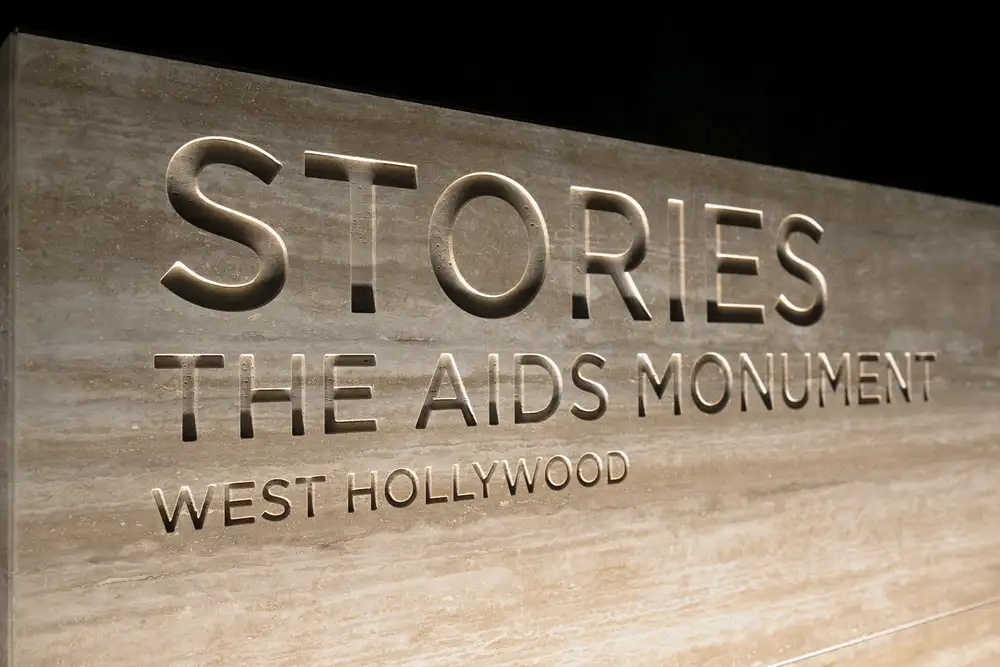

.webp)


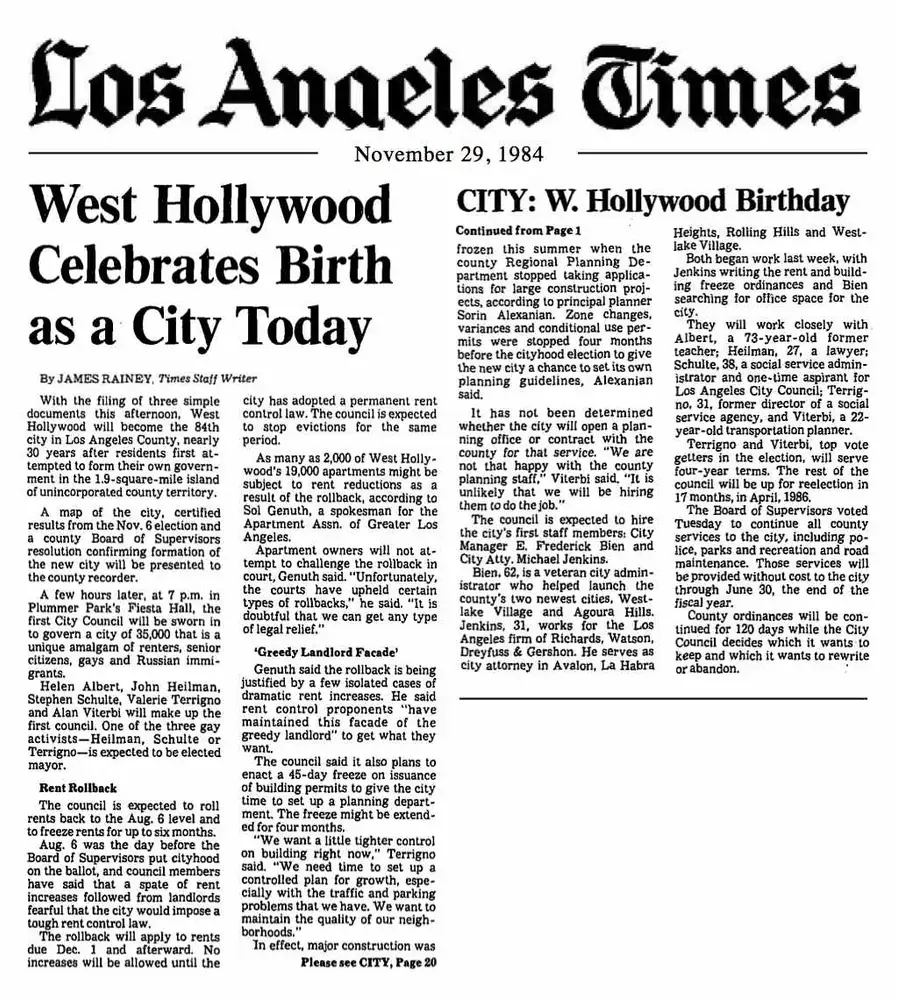
.webp)
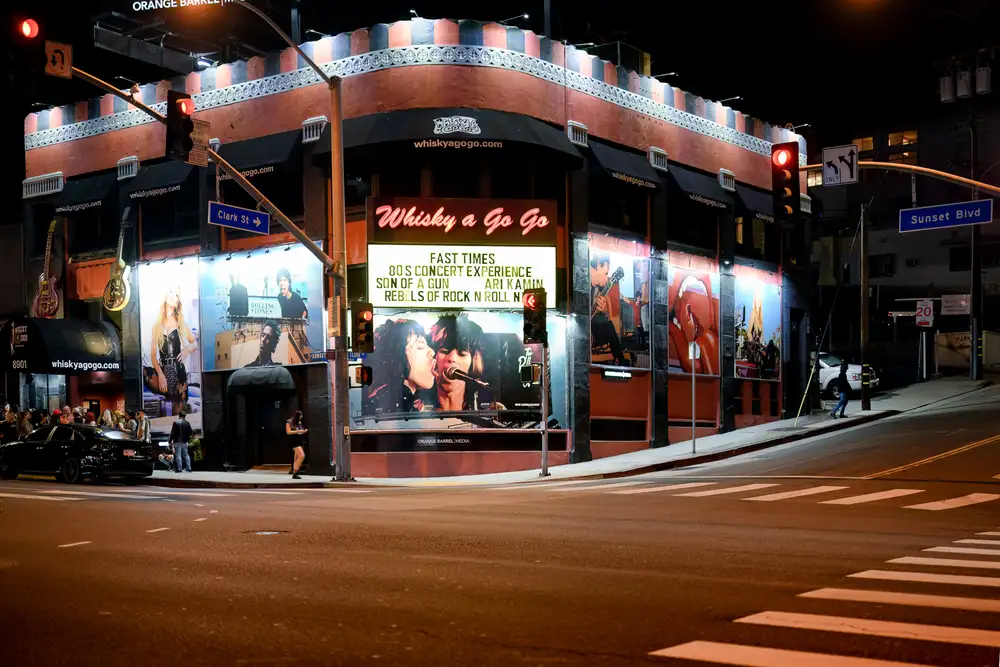

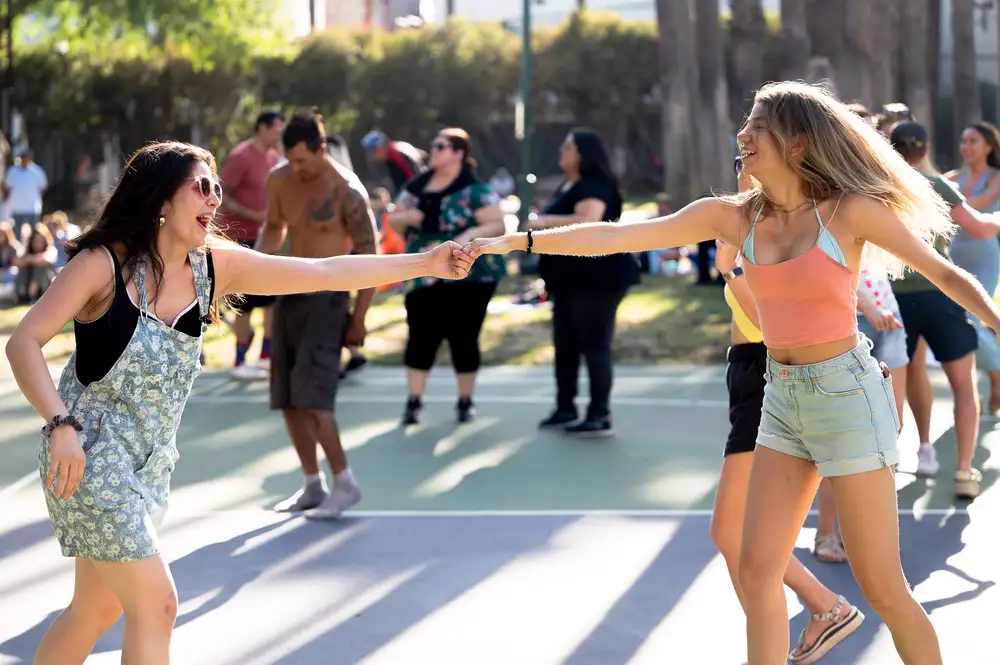
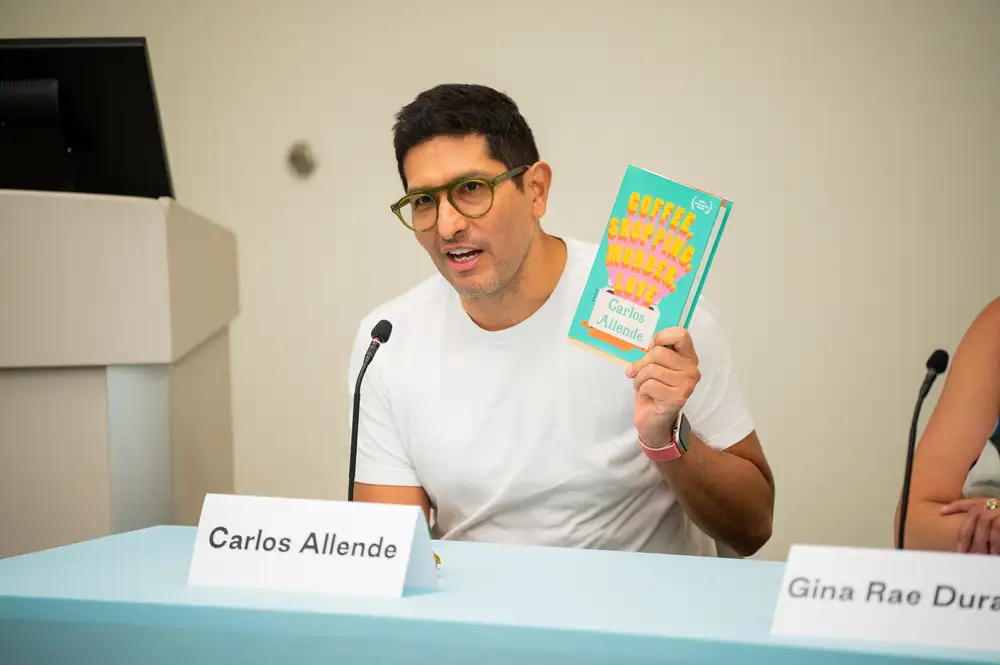

.png)

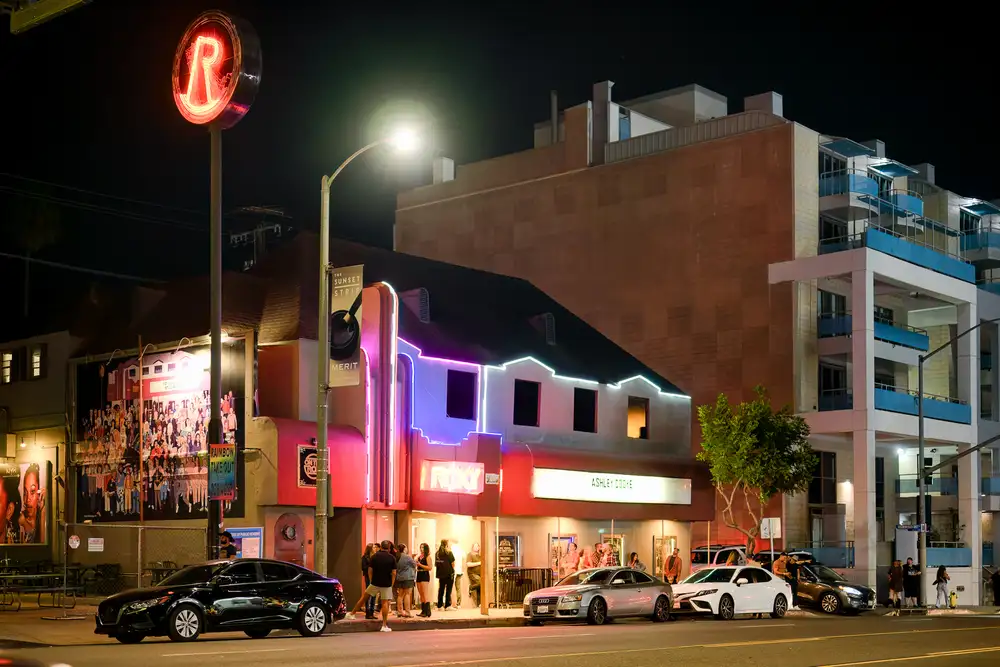

.webp)